Magic: The Gathering may seem overwhelming to digest if your experience with the game is limited to watching others play with no one answering any questions you might have about what’s going on.
The first and most important thing to understand about MTG is it’s a turn-based game with each turn having a set number of phases in each turn—five to be exact. Everything in MTG revolves around those phases, and phases are used to establish which players have priority when it comes to casting whatever spells they might have.
The five phases in a turn are:
- Beginning Phase
- Pre-Combat/First Main Phase
- Combat
- Post-Combat/Second Main Phase
- Ending Phase
Each phase plays its own unique role, allowing players to perform certain actions, trigger specific abilities, and play various spells.
Beginning Phase
The Beginning Phase is the way you start your turn, and it consists of three distinct steps that can be interacted with by an opponent at instant speed if they have cards that operate in that fashion.
Those steps are untap, upkeep, and draw. The first step is when a player will untap a land or creatures they tapped to use in their prior turn. After that, the upkeep step is typically when cards that have triggered abilities will indicate you should perform a certain action.
Finally, players will draw a card and begin the first Main Phase of their turn. Often times, all three of these steps will happen quickly unless players have a specific instant-speed trick they’re attempting to pull off.
Pre-Combat Main Phase
The Pre-Combat Main Phase is a player’s first opportunity during their turn to play creatures and sorcery spells in preparation for combat.
If you’re playing a deck that has a lot of creatures with Haste, this is likely when you will put them on the battlefield to attack when your combat starts. Otherwise, you might intentionally wait until your Second Main Phase to play them.
Players can only play sorcery-speed spells during their Main Phases.
Combat Phase
Combat is perhaps the most complicated phase in MTG, consisting of five steps. Once a player ends their Main Phase, they will begin combat, and if any cards have triggered abilities that come with the start of combat, those triggers are addressed prior to the declaration of any attackers.
The next step in the phase is to declare attackers. This is when the person whose turn it is may decide what creatures they would like to attack with. Once the player has established every creature they would like to attack with, their opponent may respond with any instant-speed spells.
Naturally, the following step is for the opponent to declare blockers. At this point, the defending player positions their creatures in the formation they would like to block with. After they set their blockers up, players are again allowed to respond to the declaration with instant-speed actions prior to combat damage going through.
The Combat Damage step is when all the action happens. At this time, all attacking and defending creatures deal damage in respect to their power. If any creatures have First Strike or Double Strike, they will deal their damage prior to normal damage being dealt.
The End of Combat step is used to address any triggers that might be on the stack following the assignment of damage. It is effectively the cleanup phase of combat in which players remove creatures and planeswalkers that may have been a casualty of combat.
Post-Combat Main Phase
This phase plays out the same way your Pre-Combat Main Phase does. It is a player’s final opportunity to play any sorcery-speed spells before their next turn.
Frequently, players will wait until this part of their turn to use their mana on sorcery-speed spells because it allows them the opportunity to hold onto their mana for potentially critical interactions during the combat phase.
Ending Phase
This phase starts with the End step, which addresses any “end of turn” triggers a player’s permanents might have.
That is followed by the cleanup phase of the turn. At this point, if the player whose turn it is has more than seven cards in their hand, they are required to discard cards until they have only seven. This is also the point at which all damage to creatures is removed. Cleanup doesn’t use the stack, and once it ends, the next player’s Beginning Phase starts.



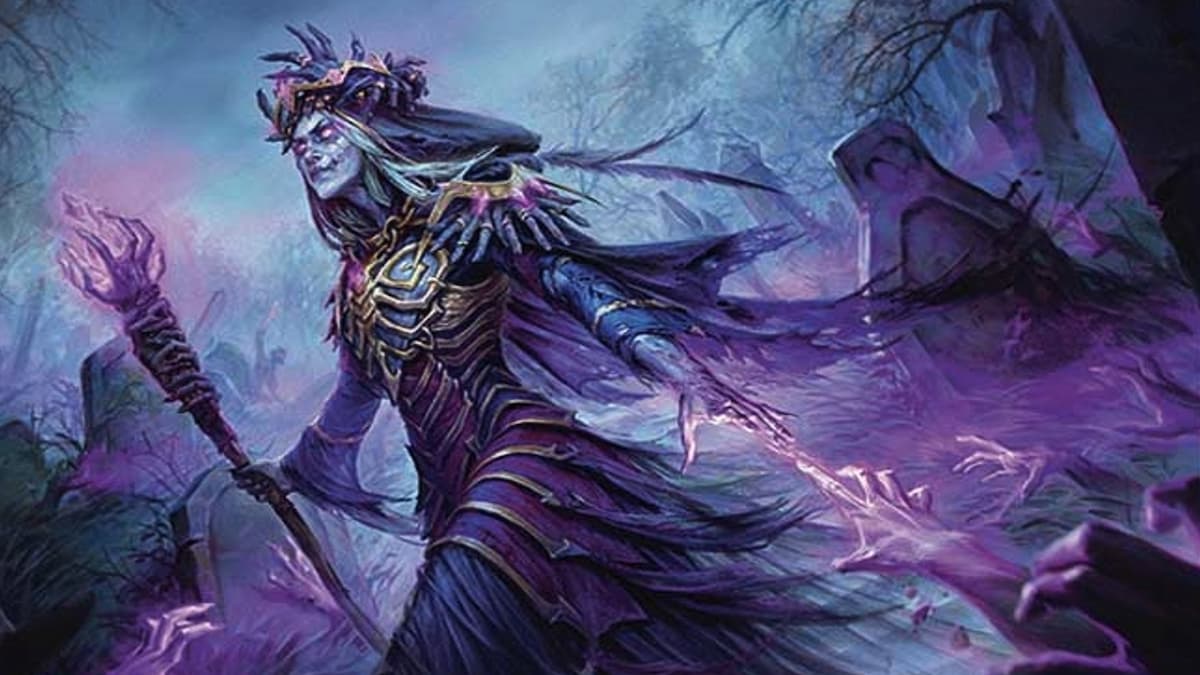
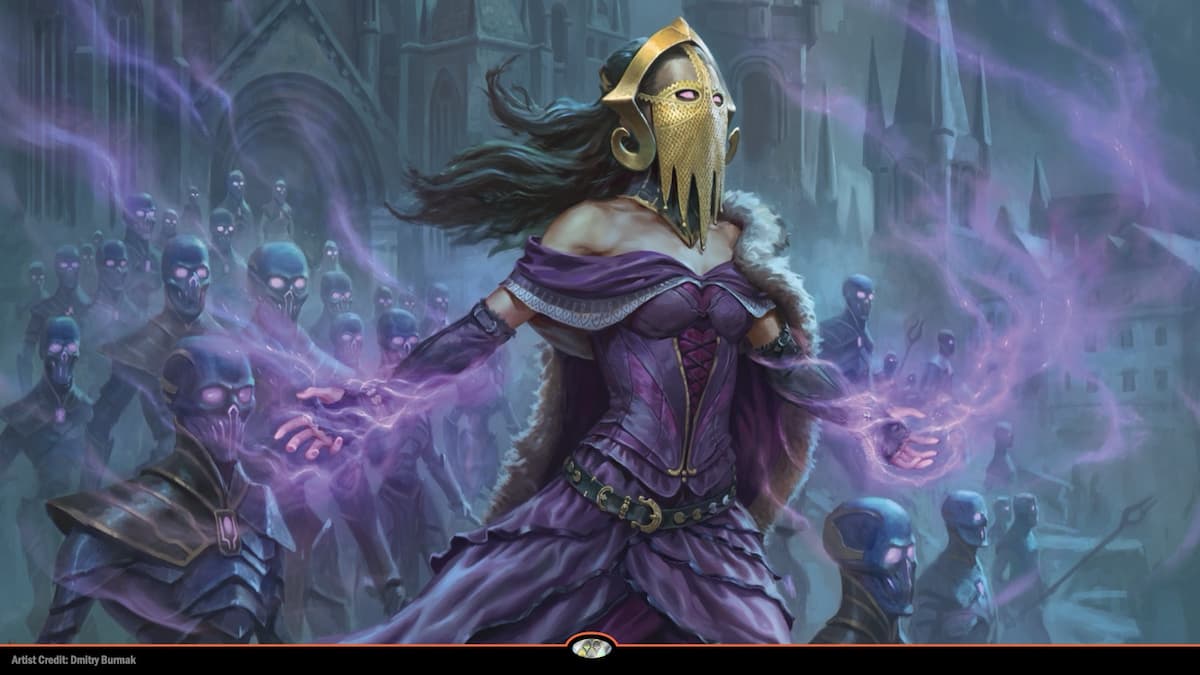
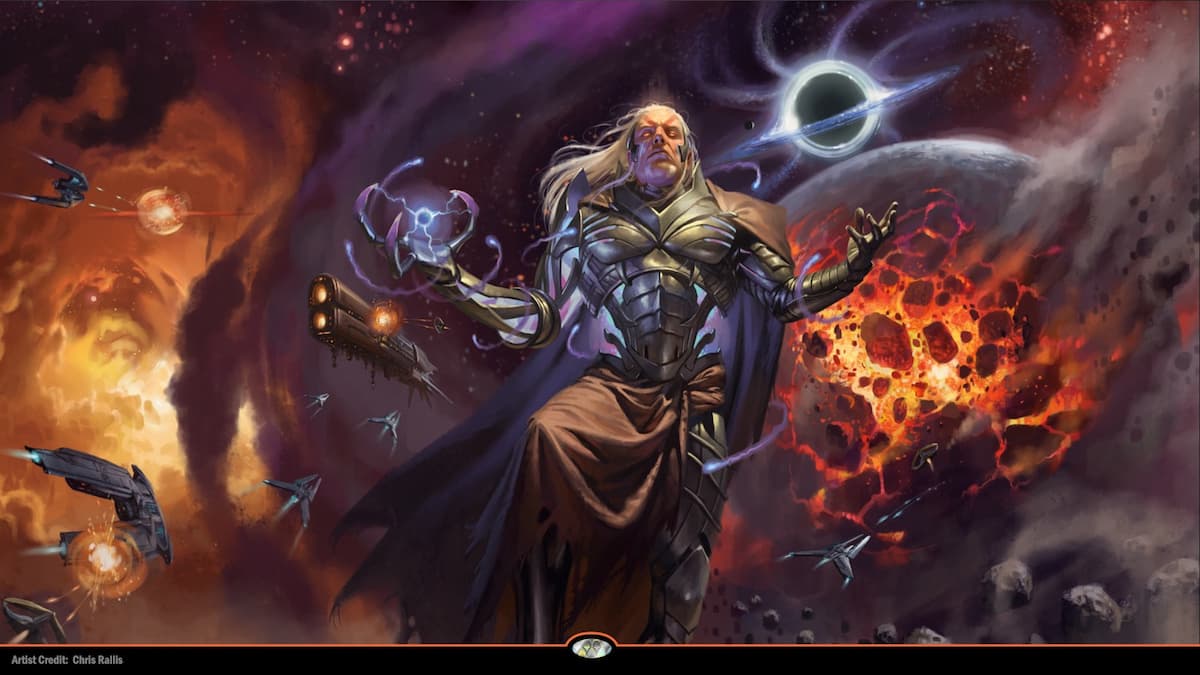
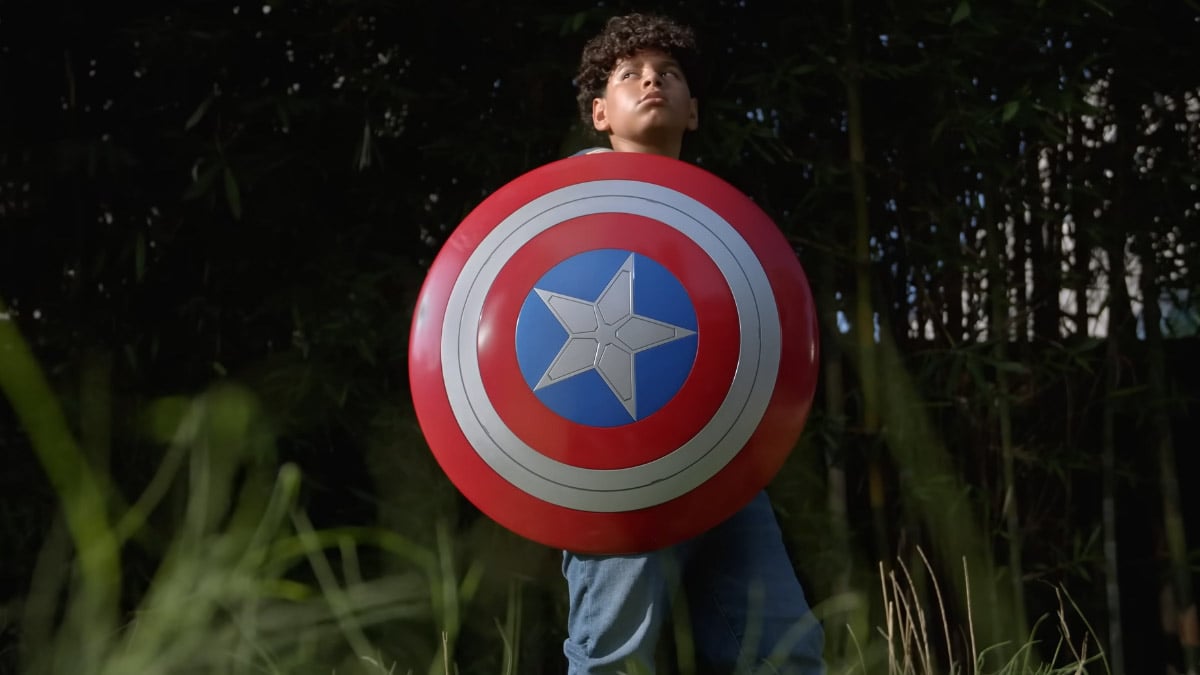
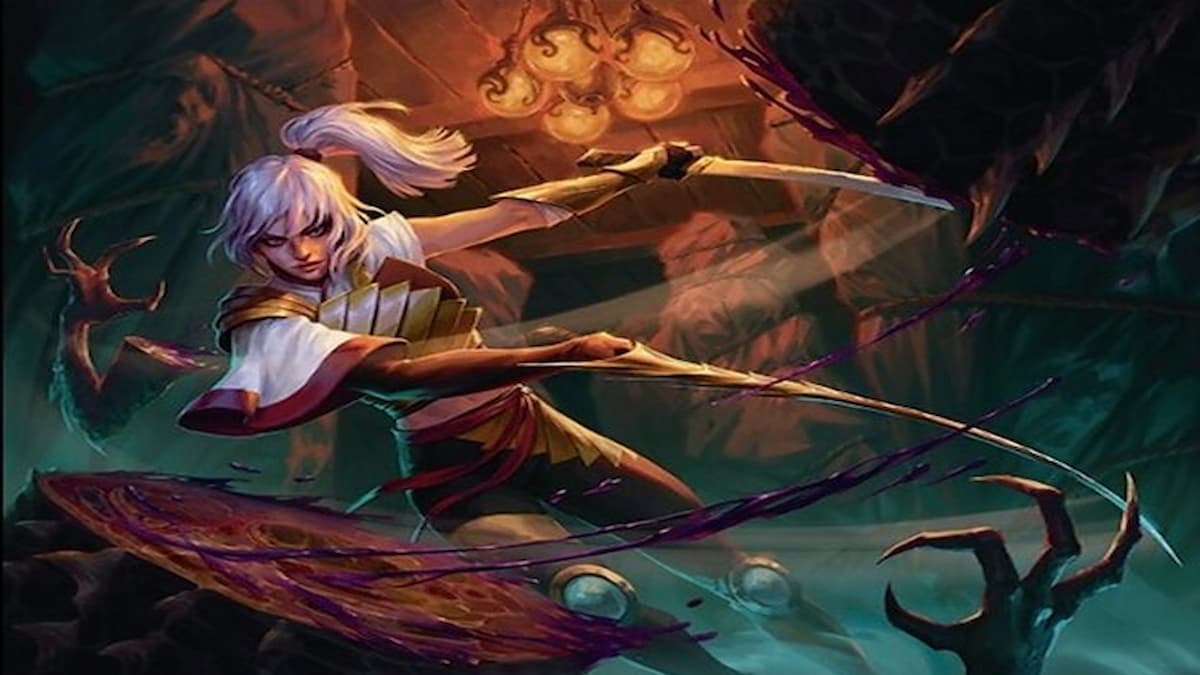
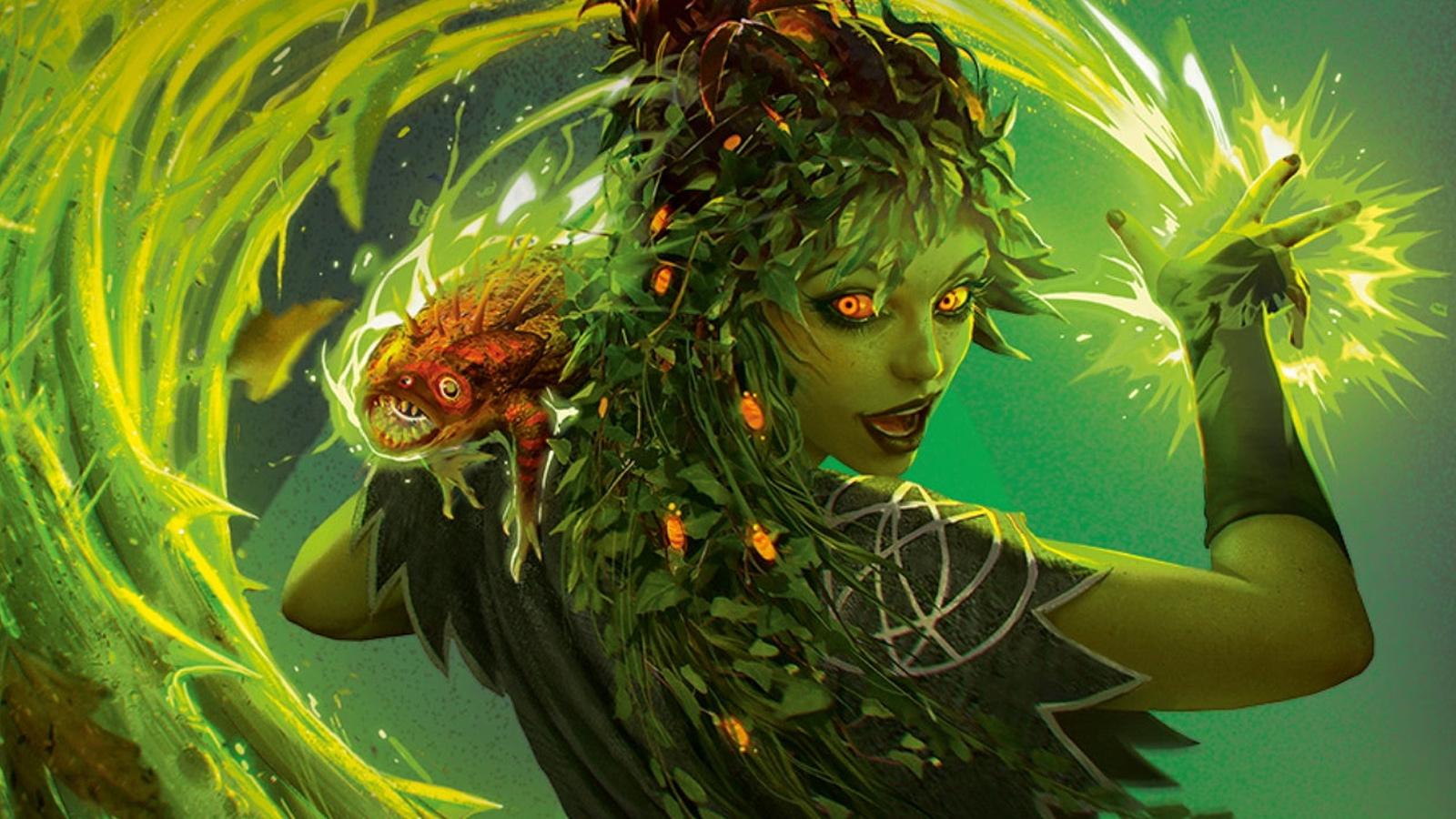
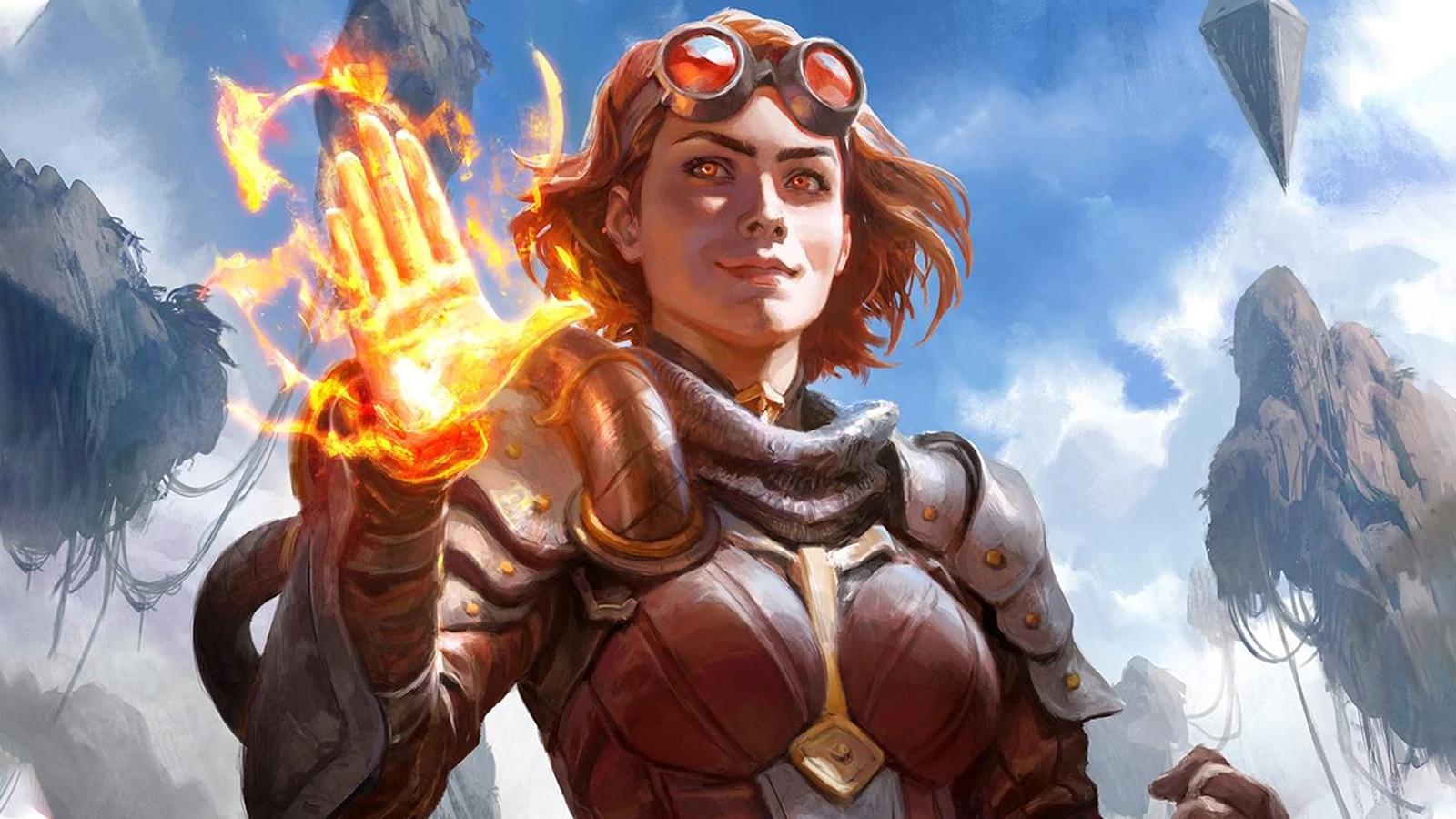
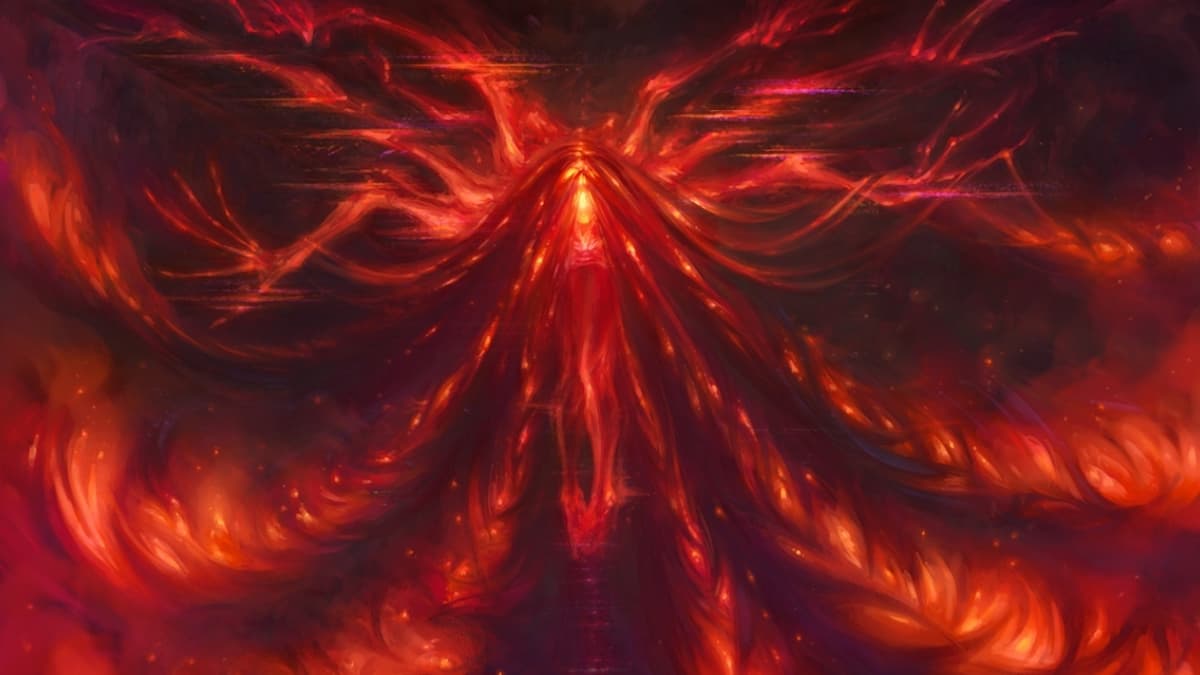
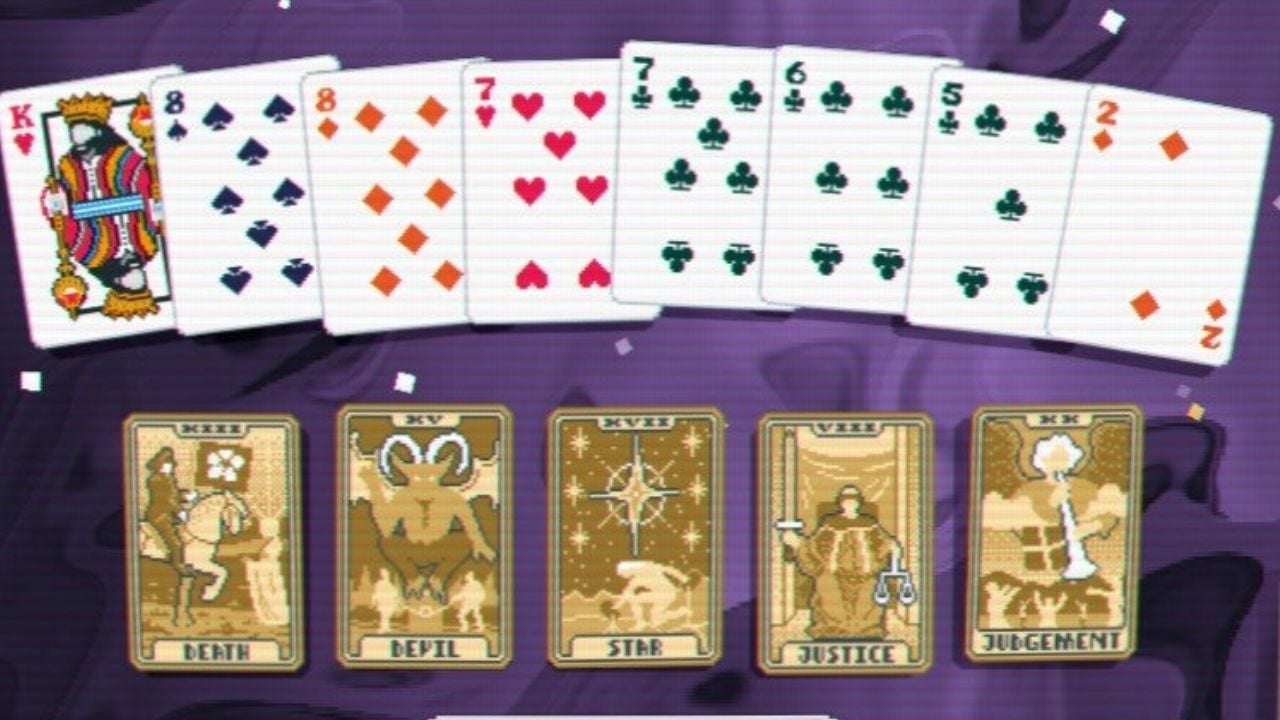

Published: Dec 16, 2021 12:26 pm